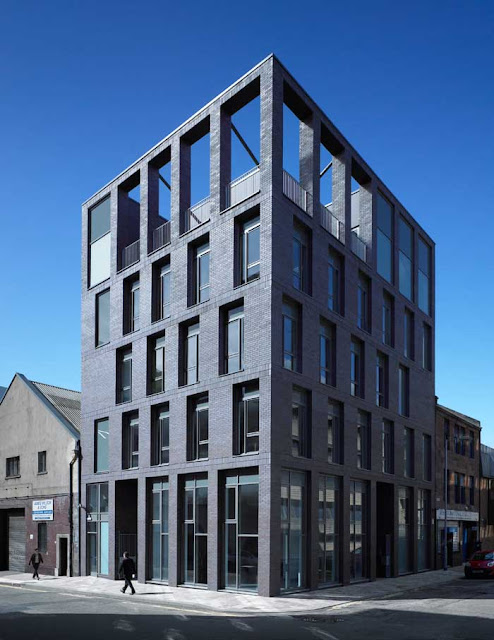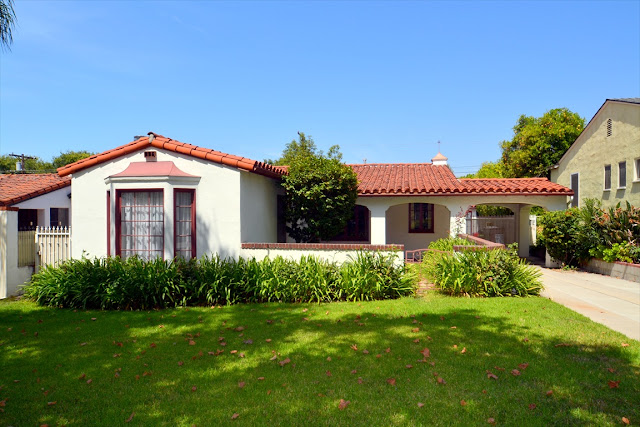Heritage And Urban DESIGN (The Future of The Past) Page 9
While the seeds of urban fragmentation were sown by the garden city movement, it was Le corbusier who campaigned against the corridor street and encouraged architects to look at urban buildings as sculptural objects sitting in space. This powerful concept has permeated into the modern movement ethic to the extent that even today many architects have difficulty in designing larger layouts in which buildings are not arrayed as shapes on a plan that have no meaning viewed at ground level. More recently, deconstructivist design has played games with building forms and hard landscape which are intelligible only on reading the plan, not even when walking around the completed Scheme.
But perhaps the most disruptive has been the effect of catering for motor vehicle movement, circulation and parking. This form of thinking assumes the car to be the Smallest element in the city scape - not the human. Vast tracts of urbanscape in Europe and much of North America are mute testimony to this.
Clearly, there needs to be a relationship between the influences on urbanisation and the process itself. The best candidate to be the lynchpin between these is the 'local' or the context. Heritage can form a lasting bond that connects these disparate issues, needs, and demands in a meaningful way. It is the vital ingredient that makes for vibrant and dynamic cities. The historic environment, including buildings,the spaces between them, urban parks and other incidental spaces, is a significant marker of quality and a source of local distinctiveness.
It provides a basis for reinstating patterns and helps to provide references to repair the tears in the urban fabric. Cleared urban brownfield sites, for example, are seldom totally devoid of traces of the past.
Just as we do not preserve the ornamental parts of a listed building and dismiss the rest as unimportant connecting fabric, which could be replaced by something new and 'appropriate', we must employ similar logic while dealing with city quarters and the urban fabric.
The End.




Comments
Post a Comment